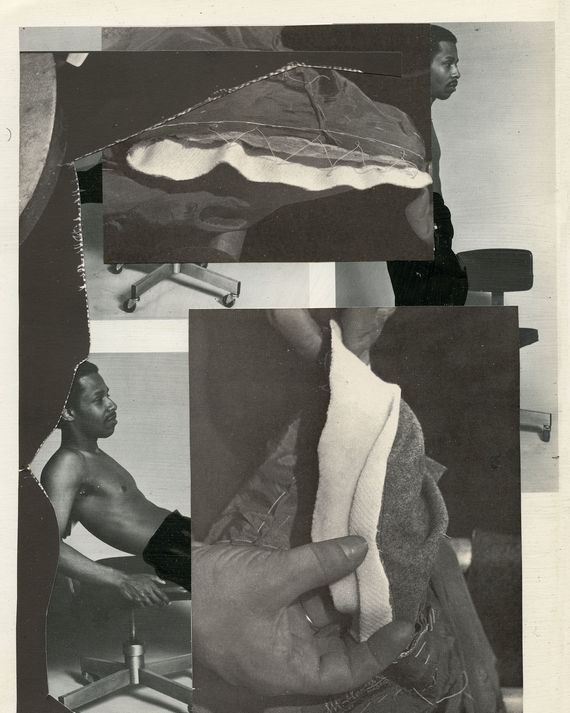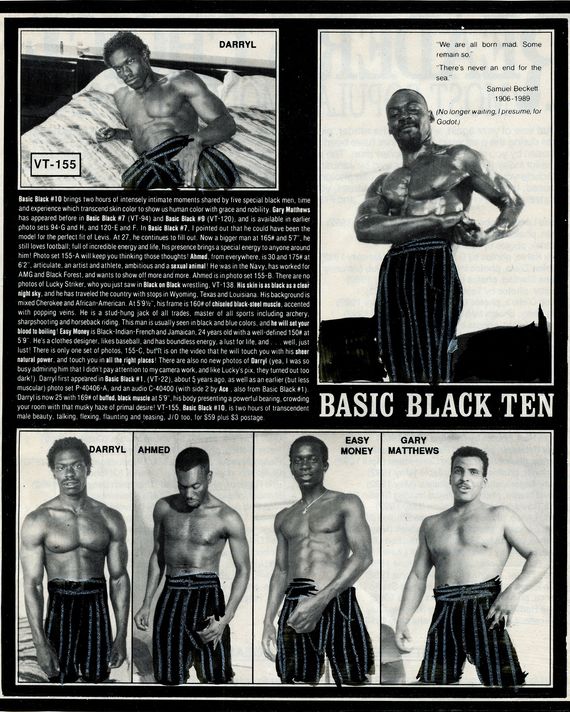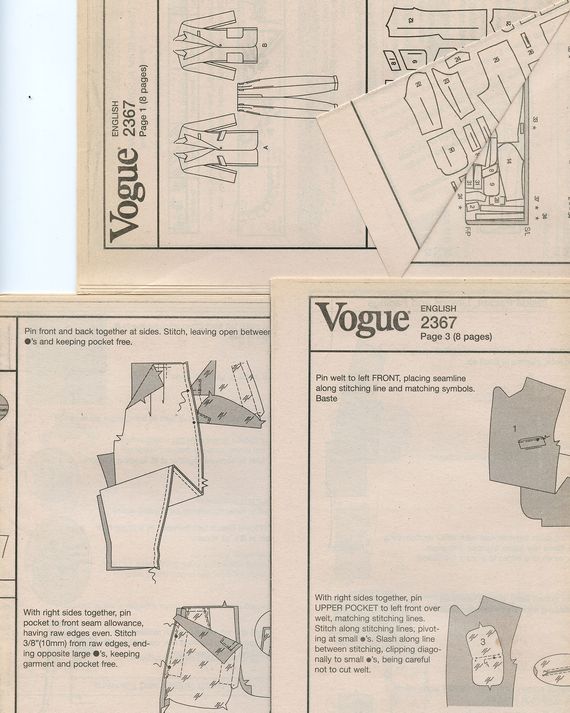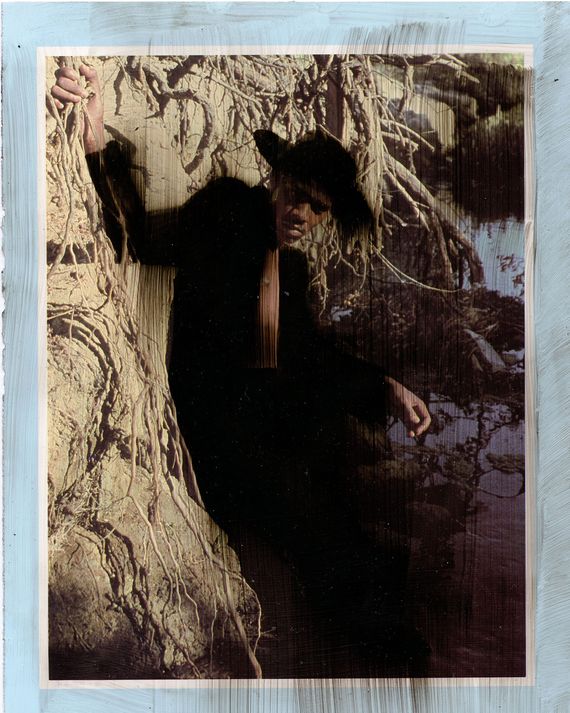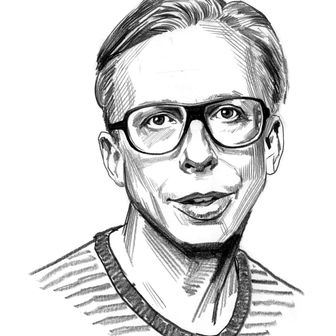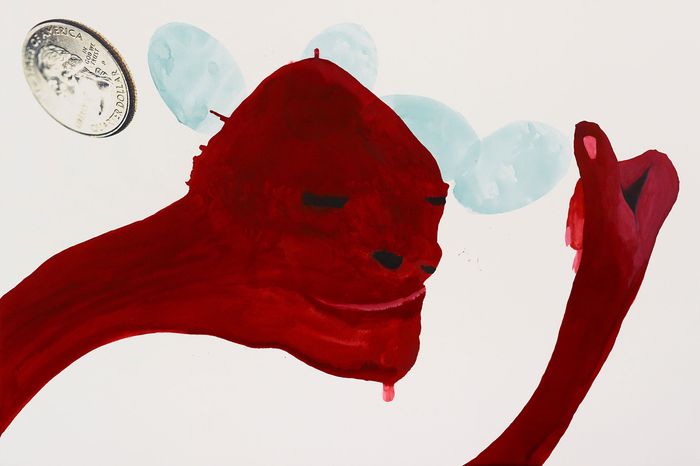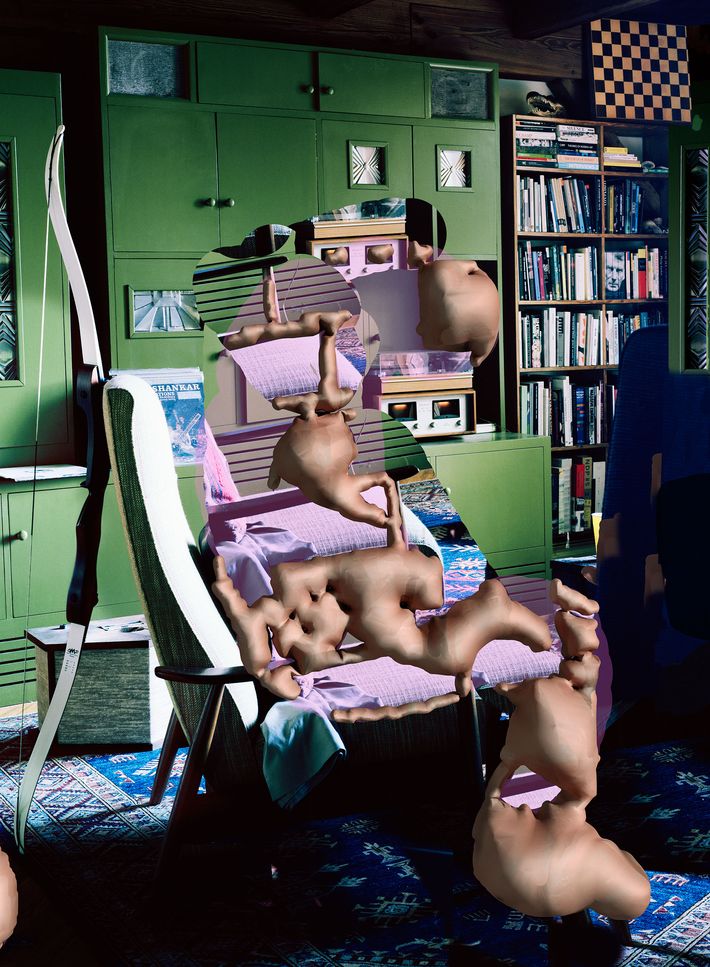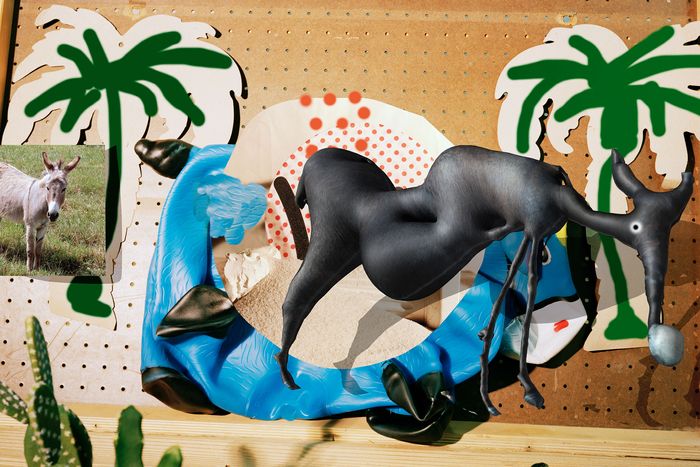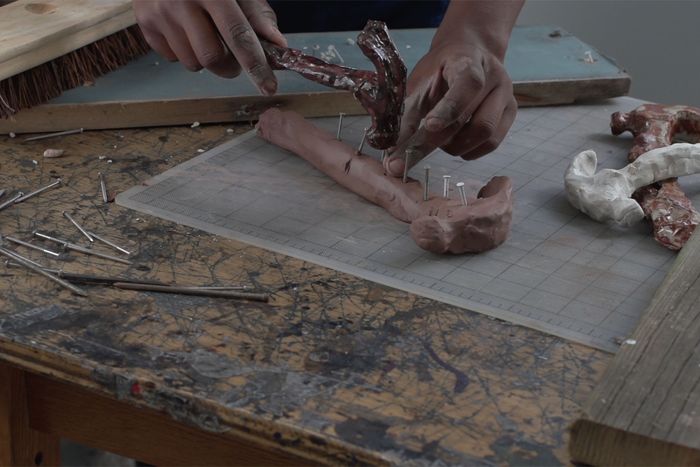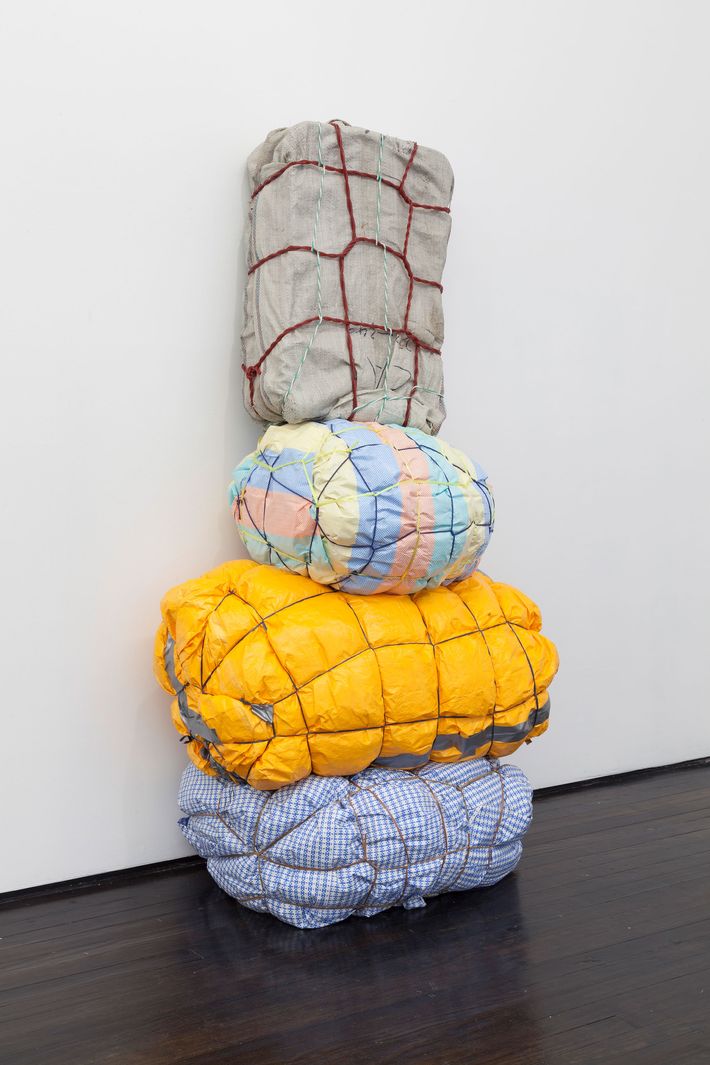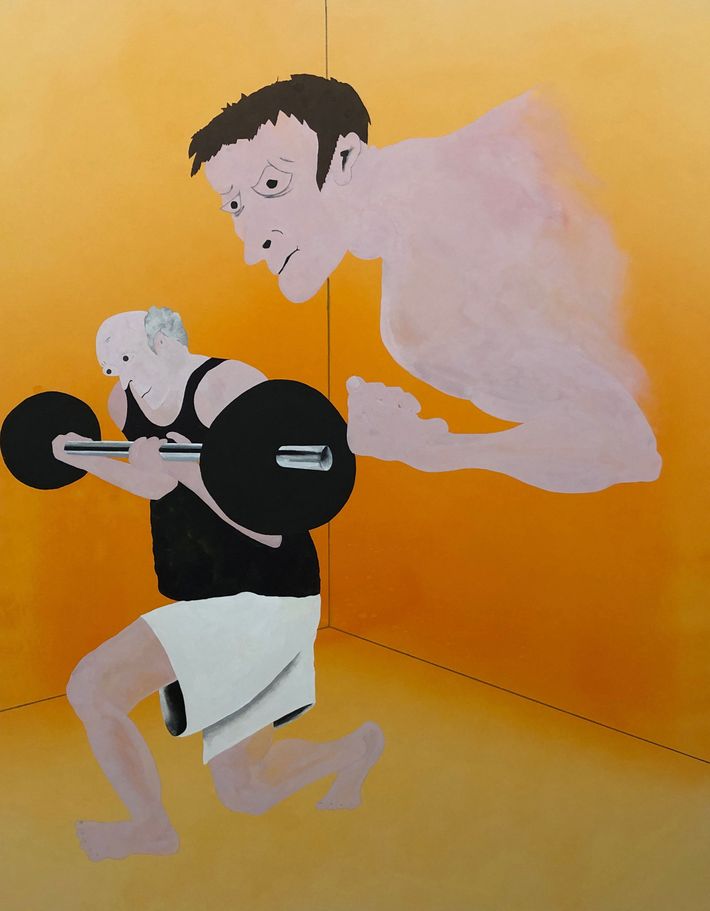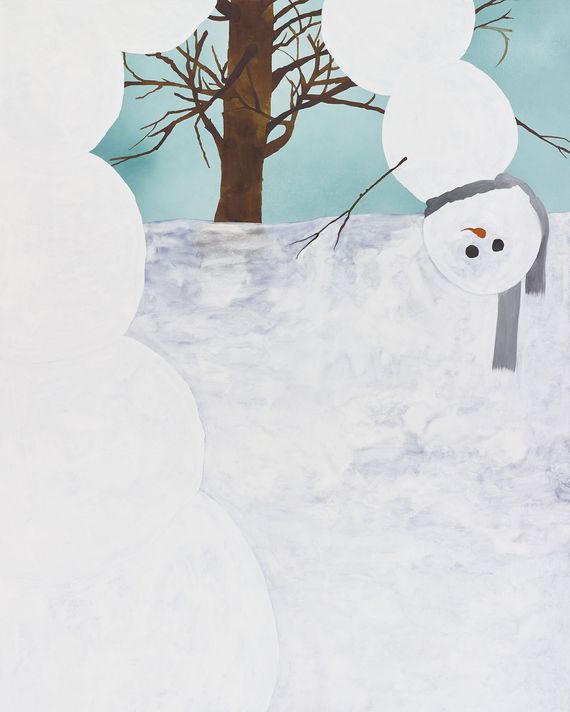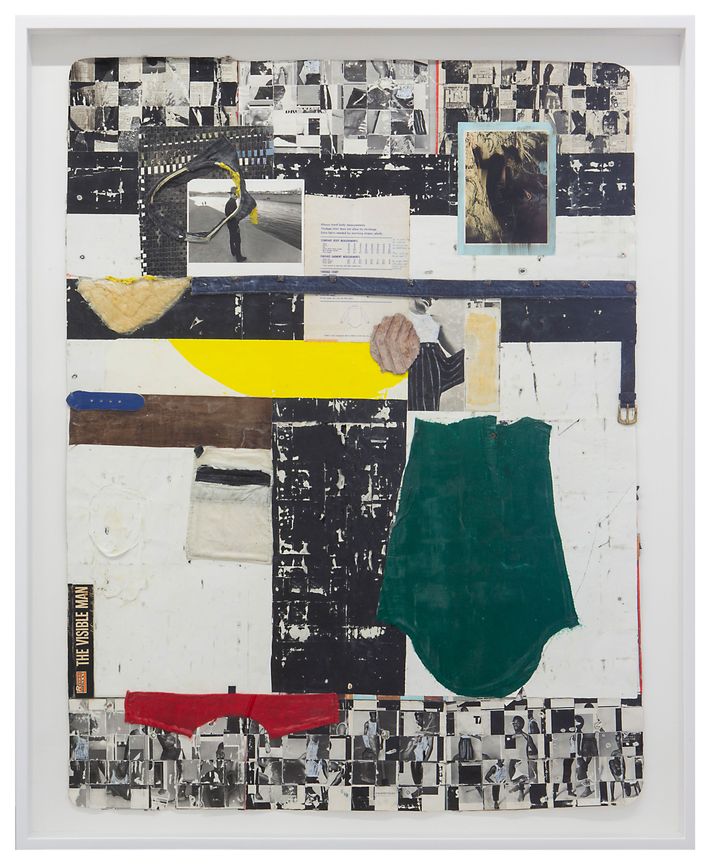The Whitney Biennial opens tomorrow, and it’s a fluid and uncluttered installation. There isn’t just one follow-the-red-line, gallery-by-gallery processional narrative in which to see the works or to “get” some particular message. Which seems to be of a piece with the show’s somewhat dreamlike curatorial stance. “Rather than [presenting] a series of monographic rooms,” notes its co-curator, Rujeko Hockley, the show is hanging the work to, it is hoped, allow you to feel its complicity and resonance with nearby work, or with pieces dangling from the ceiling or stacked up or slouched against the wall across that gallery. “When you go from one room to the next room, you have the memory of the other room in mind,” suggests Hockley.
In Hockley’s introduction to the catalogue, titled “The End of the World or the Beginning of the Next,” she speaks generally about the conditions that both generated the art in the show and the context in which it is seen: “All we can know is that we don’t know, and that state of not knowing is itself deeply unsettling.” (Our critic Jerry Saltz wrote that while the show can feel “a little locked in, careful, and polite,” it left him buoyed by its “new ideas of the poetic and subjective” and what he called its “sustainable aesthetics” — artists “making new things with old tropes.”)
The show’s catalogue is also unusually open-ended because Hockley and her co-curator, Jane Panetta, gave each artist two “process” pages to scrapbook-poeticize the backstory of the work they show in the Biennial. “We really tried to leave it as open as we could,” says Hockley, who admits going back and forth with some artists to get it right. “We want to give people lots of room to play.” There was a practical aspect to this decision: Not all of the pieces that appear in the exhibition had been finished by the catalogue’s deadline.
In some cases, rough drafts, basically, are shown, but often the catalogue entries could be read as conceptual mood boards, a little peek into the creative process, or at least paste-up concerns, of the artists. The idea was for the catalogue to provide “as broad a context for each artist” as possible, Hockley says.
These five artists — Lucas Blalock, Ilana Harris-Babou, Maia Ruth Lee, Calvin Marcus, and Troy Michie — agreed to let us publish them.
Lucas Blalock
From Blalock’s process pages:
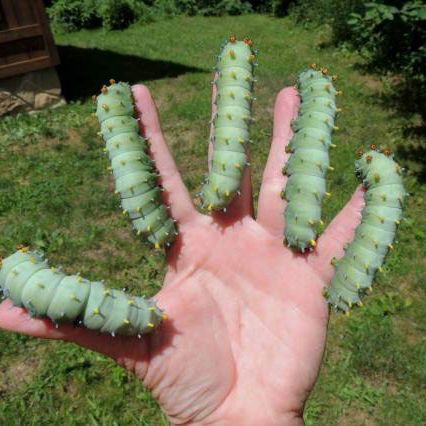
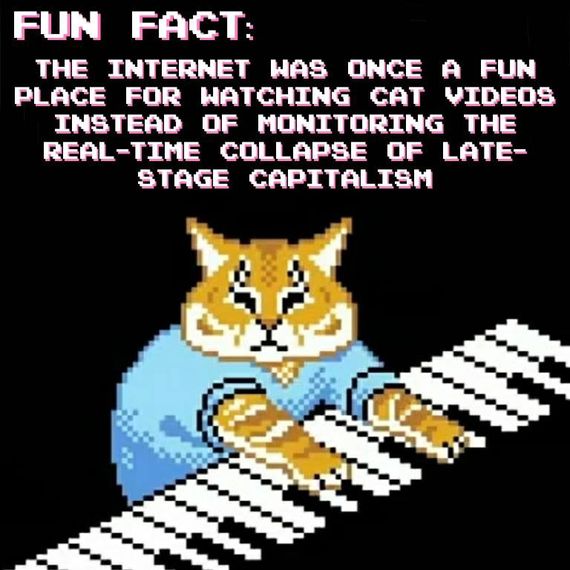
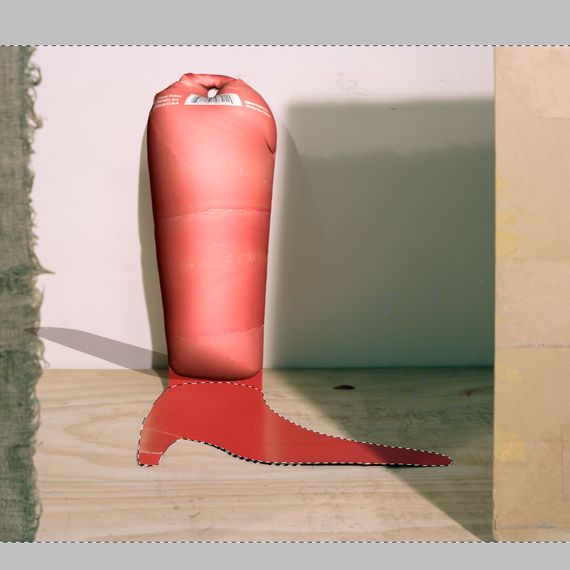
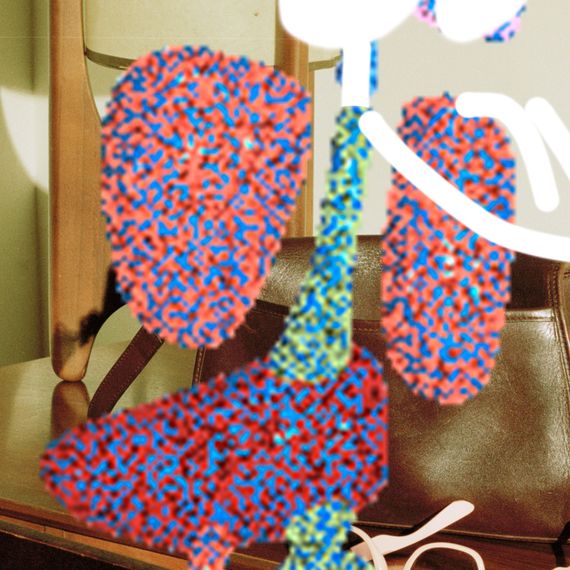
Ilana Harris-Babou
From Harris-Babou’s process pages:
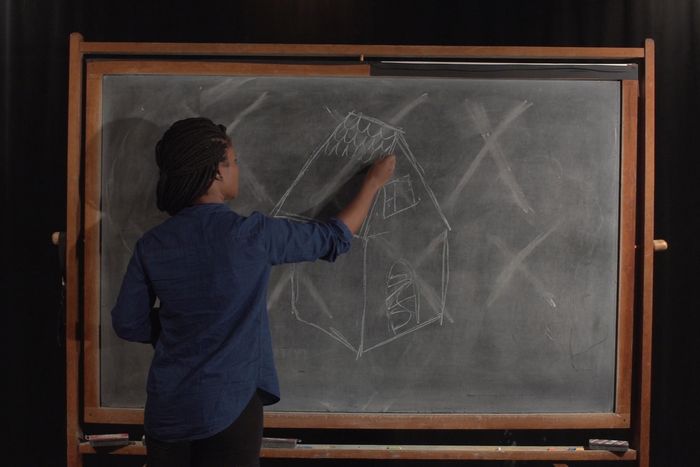
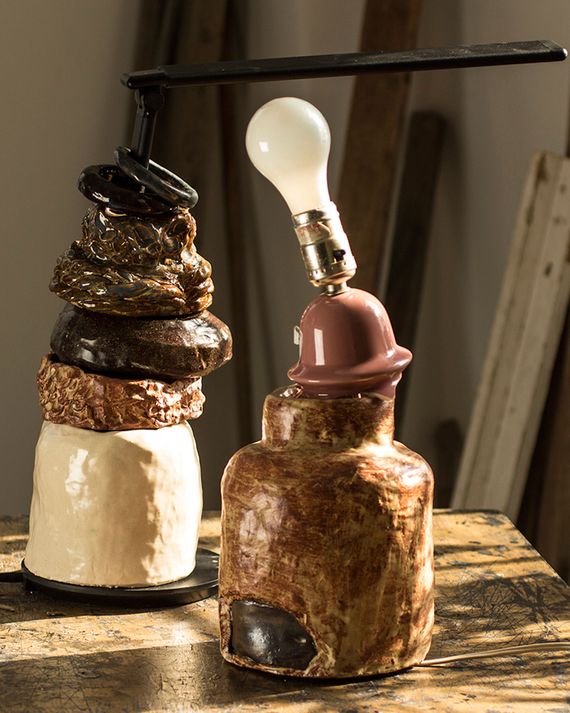
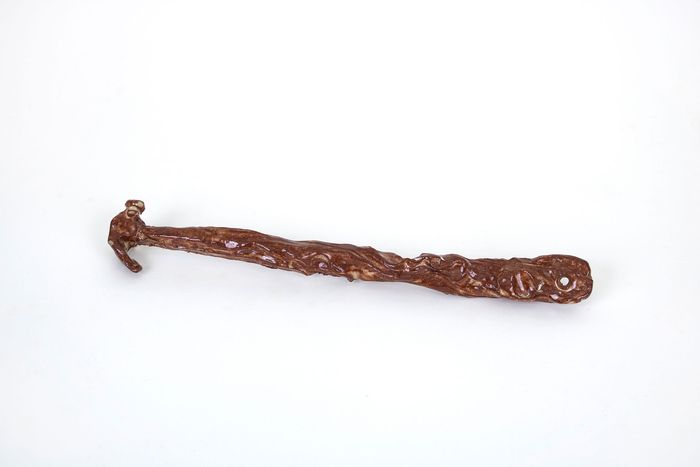
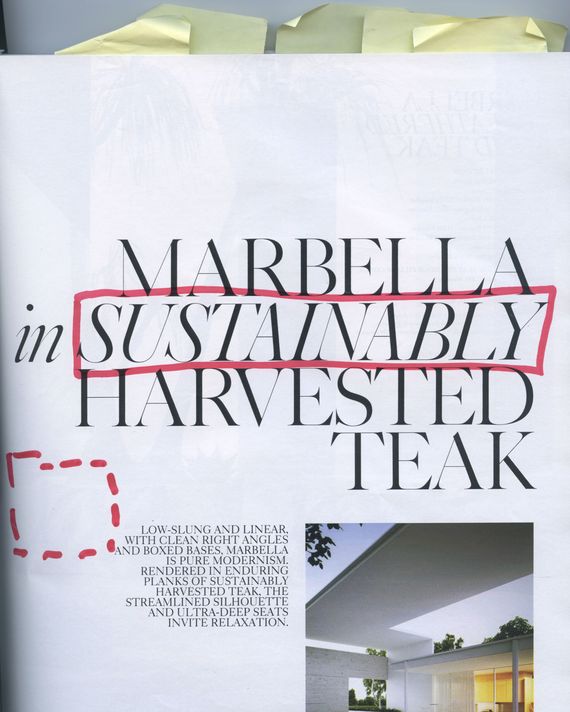
Maia Ruth Lee
From Lee’s process pages:
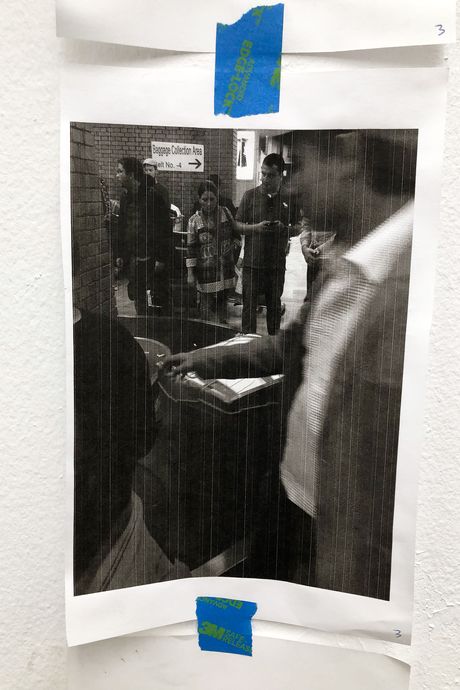
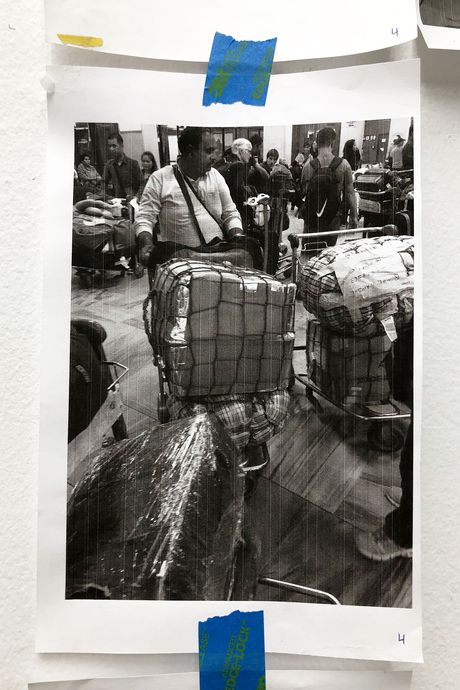
Calvin Marcus
From Marcus’s process pages:
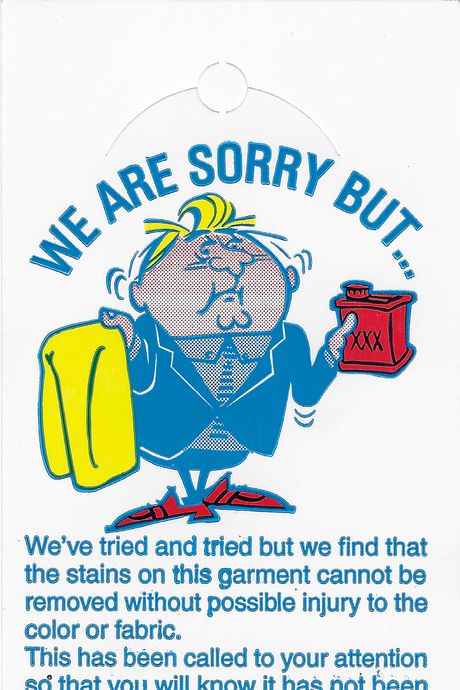
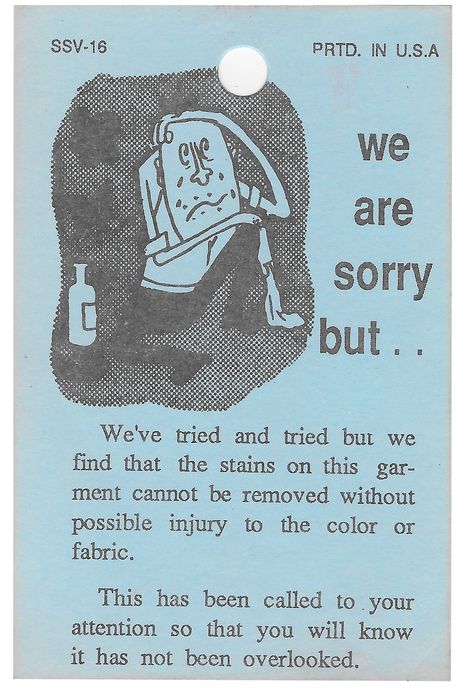
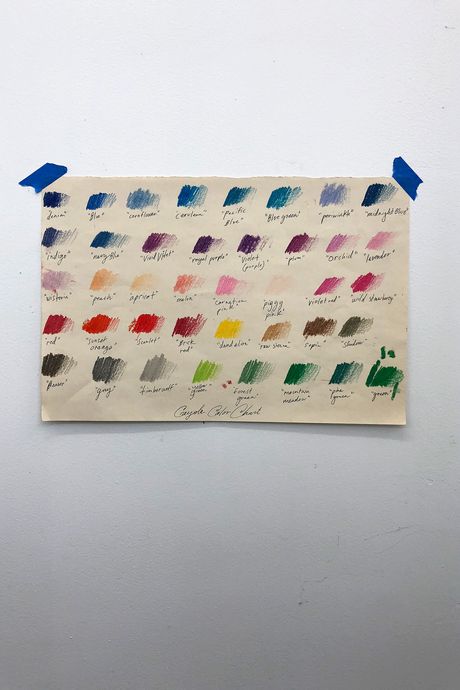
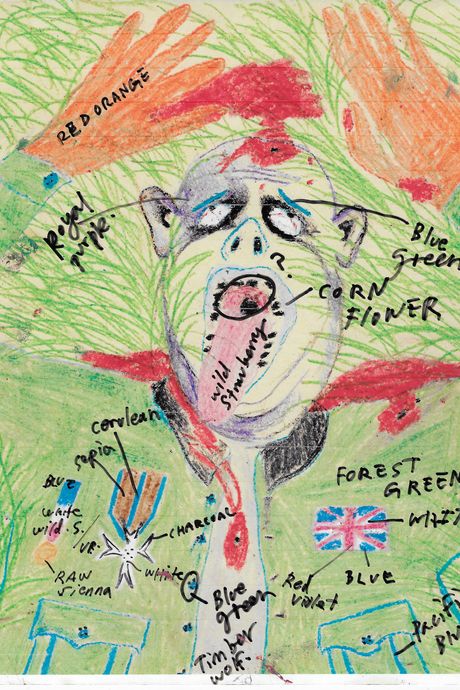
Troy Michie
From Michie’s process pages:
